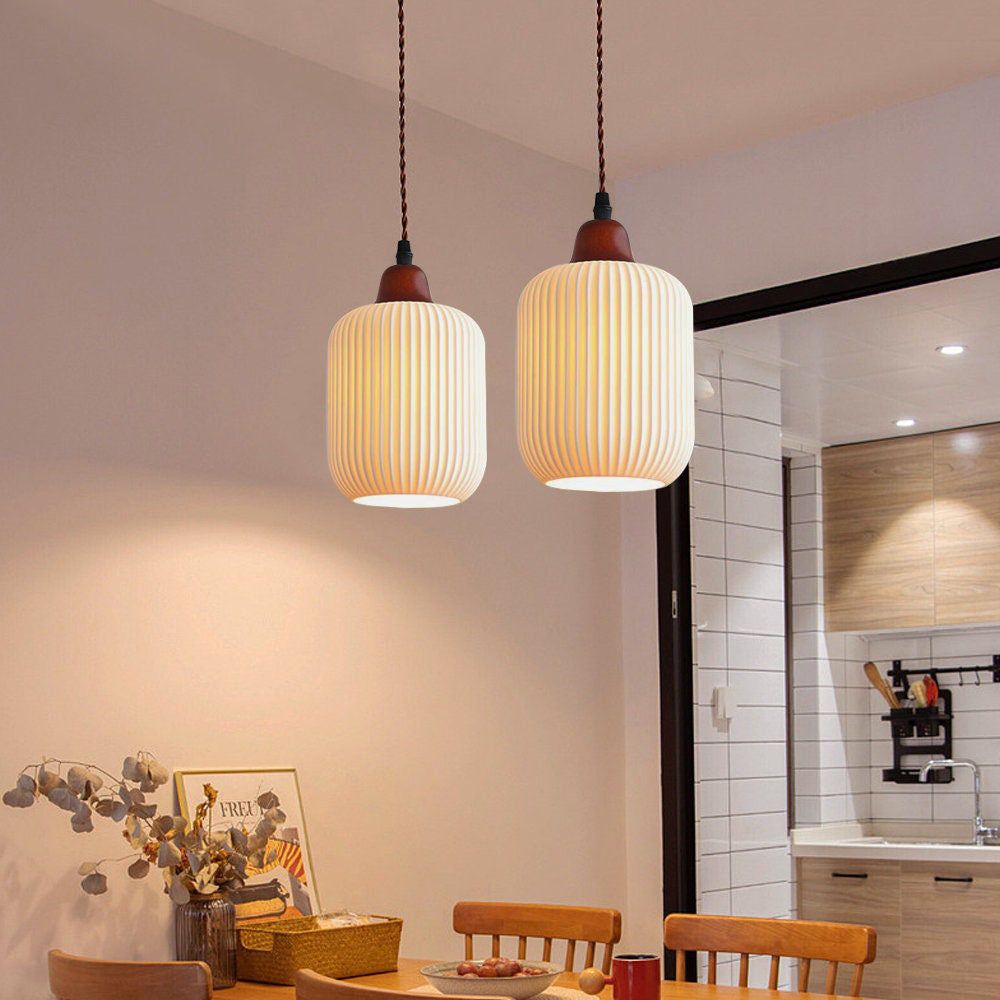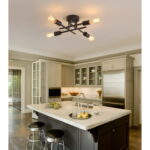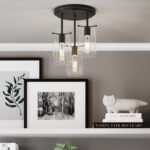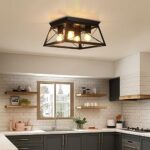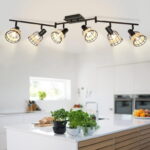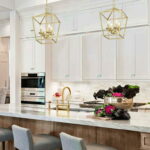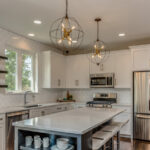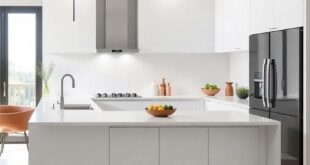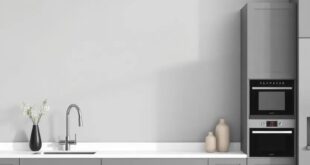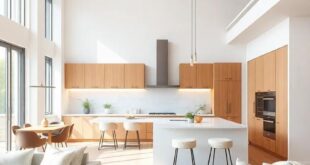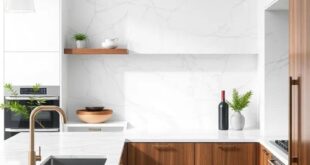The kitchen is often referred to as the heart of the home, where meals are prepared, conversations are had, and memories are made. One crucial element in creating a functional and inviting kitchen space is the lighting fixtures. Proper lighting not only enhances the aesthetic appeal of the kitchen but also plays a significant role in functionality and safety.
There are several types of kitchen lighting fixtures that can be incorporated into a kitchen design to achieve the desired look and feel. The three main types of kitchen lighting fixtures include ambient lighting, task lighting, and accent lighting.
Ambient lighting, also known as general lighting, provides overall illumination in a space. This type of lighting is typically achieved through overhead fixtures such as chandeliers, pendant lights, or recessed lighting. Ambient lighting sets the tone for the kitchen and creates a warm and inviting atmosphere.
Task lighting is essential for performing specific tasks in the kitchen, such as chopping vegetables, reading recipes, or cooking. Under-cabinet lighting, track lighting, and pendant lights are common fixtures used for task lighting. These fixtures are strategically placed to illuminate work surfaces and provide adequate lighting for cooking and food preparation.
Accent lighting is used to highlight specific features or areas in the kitchen, such as artwork, decorative objects, or architectural elements. This type of lighting adds depth and interest to the kitchen design. Wall sconces, toe-kick lighting, and cabinet lighting are popular choices for accent lighting in the kitchen.
When choosing kitchen lighting fixtures, it is essential to consider the layout and design of the kitchen. The size of the space, the height of the ceilings, and the color scheme of the kitchen should all be taken into account when selecting lighting fixtures. It is also important to choose fixtures that complement the overall style of the kitchen, whether it is modern, traditional, or eclectic.
In addition to aesthetics, functionality and energy efficiency should also be considered when selecting kitchen lighting fixtures. LED lighting is a popular choice for kitchen lighting due to its energy efficiency and long lifespan. Dimmer switches can also be installed to control the brightness of the lights and create a customizable lighting experience.
In conclusion, kitchen lighting fixtures play a crucial role in creating a functional and inviting kitchen space. By incorporating a combination of ambient, task, and accent lighting, homeowners can achieve a well-lit and visually appealing kitchen design. When choosing lighting fixtures, it is important to consider the layout, design, and style of the kitchen, as well as functionality and energy efficiency. With the right lighting fixtures, the kitchen can truly become the heart of the home.
 Decorationg Interior Design
Decorationg Interior Design
